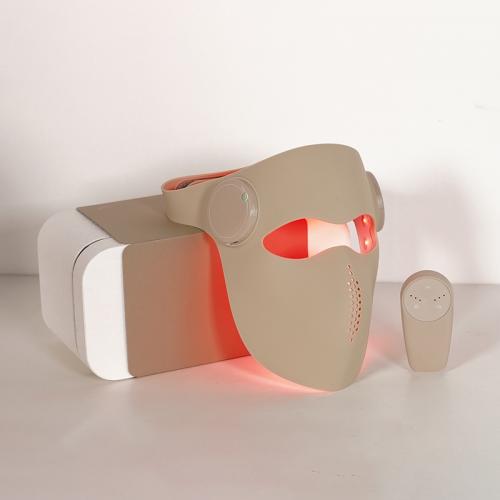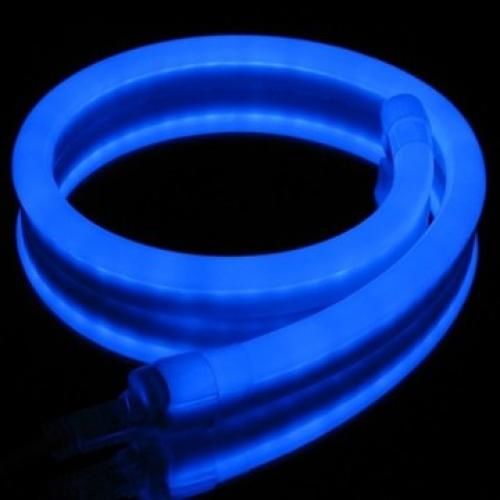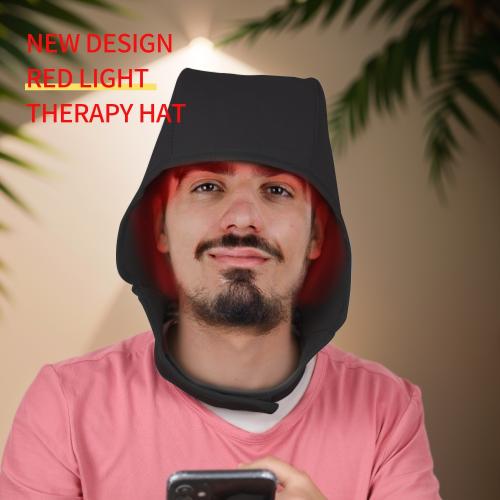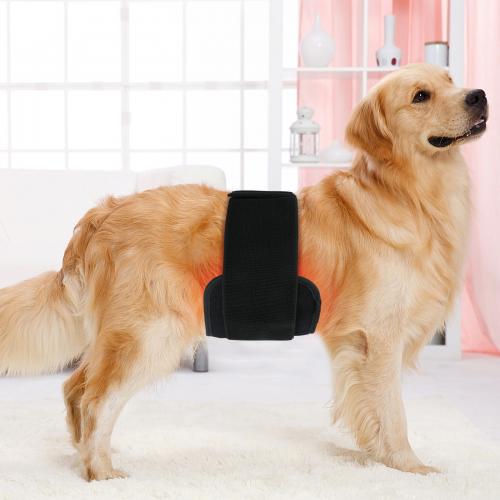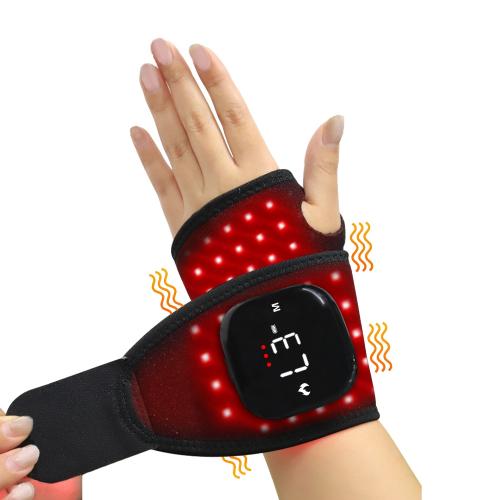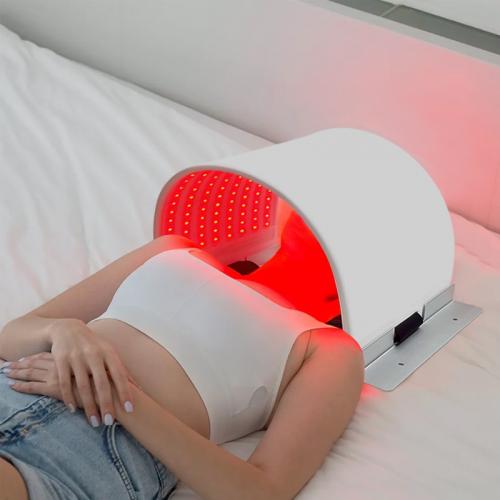What is the best red light therapy for animals?
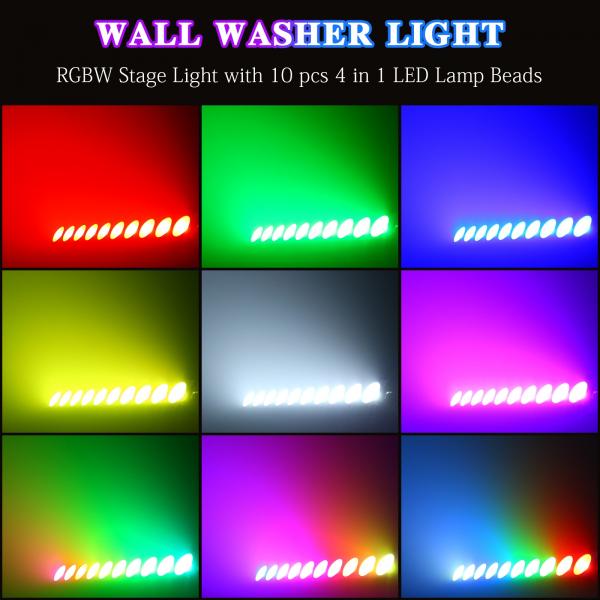
Red light therapy has gained significant attention in recent years as a non-invasive treatment option for various health conditions in both humans and animals. As pet owners become more invested in the well-being of their furry companions, the demand for effective red light therapy devices for animals has surged. But with so many options available, how does one determine the best red light therapy for animals? This article delves into the key considerations and options available to help pet owners make informed decisions.
Understanding Red Light Therapy
Red light therapy involves the use of specific wavelengths of light to penetrate the skin and promote healing, reduce inflammation, and alleviate pain. It operates primarily in the red and near-infrared spectrum, typically ranging from 600 to 1000 nanometers. This therapy has been shown to enhance cellular function, increase circulation, and stimulate the production of collagen and ATP, which are crucial for tissue repair and pain relief.
Benefits of Red Light Therapy for Animals
Animals, much like humans, can benefit from red light therapy in numerous ways. Some of the primary advantages include:
-
Pain Relief: Red light therapy can help alleviate chronic pain in animals, particularly those suffering from arthritis, joint issues, or muscle injuries.
-
Enhanced Healing: For animals recovering from surgery or injury, red light therapy can accelerate the healing process by boosting cellular activity and improving blood flow.
-
Reduction of Inflammation: It can significantly reduce inflammation, making it beneficial for animals with conditions like arthritis or skin irritations.
-
Improved Skin Health: Animals with skin disorders, wounds, or infections can experience improved skin health and faster recovery with regular red light therapy sessions.
-
Stress Reduction: Beyond physical health, red light therapy can also have calming effects, helping reduce anxiety and stress in animals.
Choosing the Best Red Light Therapy Device
When selecting a red light therapy device for animals, several factors should be considered to ensure effectiveness and safety:
-
Wavelength and Power Output: The device should emit light within the optimal therapeutic range (600-1000 nm). Additionally, the power output should be sufficient to penetrate the animal's skin and fur to reach the targeted tissues.
-
Safety Features: Ensure the device has safety features such as automatic shut-off to prevent overheating and adjustable settings to cater to different animal sizes and conditions.
-
Ease of Use: A user-friendly design is crucial for effective application, especially for pet owners who may not be familiar with red light therapy techniques.
-
Durability and Portability: Choose a device that is durable and portable, allowing for easy handling and transportation if needed.
-
Brand Reputation and Reviews: Opt for devices from reputable brands with positive reviews from other pet owners and professionals in the field.
Popular Red Light Therapy Devices for Animals
Several devices have been recognized for their efficacy and popularity among pet owners and veterinarians:
-
Photizo Vetcare: This handheld device is designed specifically for animals, offering a user-friendly interface and optimal wavelength for therapeutic effects. It is praised for its ease of use and effectiveness in treating various conditions.
-
Red Light Man Mini: Known for its high power output and adjustable settings, this device is suitable for larger animals and more severe conditions. It provides a broad spectrum of red and near-infrared light.
-
TENDLITE: A compact and portable option, TENDLITE is favored for its convenience and efficiency in delivering red light therapy to smaller animals or targeted areas.
-
BioLight Pets: This device is tailored for pet use, offering a combination of red and near-infrared light to maximize therapeutic benefits. It is highly regarded for its safety features and effectiveness.
Practical Considerations for Using Red Light Therapy on Animals
While red light therapy can be highly beneficial, there are practical considerations to ensure its safe and effective use:
-
Consultation with a Veterinarian: Before starting red light therapy, consult with a veterinarian to determine if it is suitable for your pet's specific condition and to receive guidance on proper usage.
-
Regular Sessions: Consistency is key. Regular therapy sessions, as advised by a professional, can yield the best results.
-
Monitoring Progress: Keep track of your pet's progress and any changes in their condition. This will help assess the effectiveness of the therapy and make necessary adjustments.
-
Comfort and Safety: Ensure your pet is comfortable during sessions and monitor for any signs of distress or adverse reactions.
Conclusion
Red light therapy presents a promising avenue for improving the health and well-being of animals. By understanding the benefits, choosing the right device, and following practical guidelines, pet owners can enhance their furry companions' quality of life. As research continues to expand in this field, red light therapy is poised to become an integral part of holistic animal care, offering a non-invasive and effective solution for a range of health issues. Whether dealing with chronic pain, skin conditions, or stress, red light therapy could be the key to happier, healthier pets.

 Afrikaans
Afrikaans Čeština
Čeština Dansk
Dansk Deutsch
Deutsch Español
Español Francais
Francais Italiano
Italiano Magyar
Magyar Nederlands
Nederlands Norsk
Norsk Polski
Polski Português
Português Română
Română Slovák
Slovák Suomi
Suomi Svenska
Svenska Tiếng Việt
Tiếng Việt Türk dili
Türk dili Ελλάδα
Ελλάδα Русский
Русский اللغة العربية
اللغة العربية แบบไทย
แบบไทย 中文繁體
中文繁體 日本語
日本語 한국인
한국인


